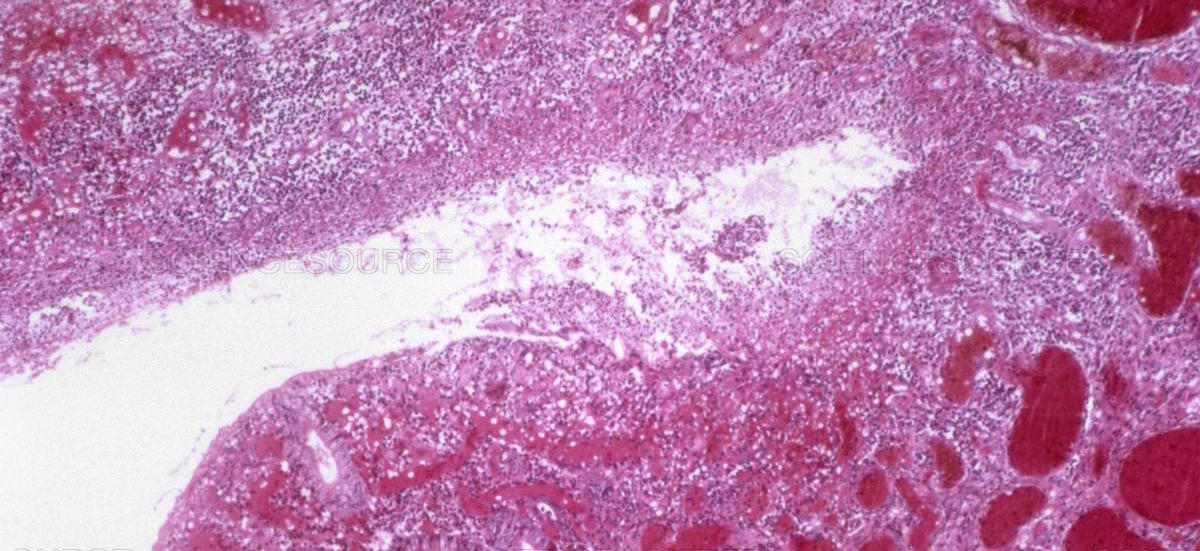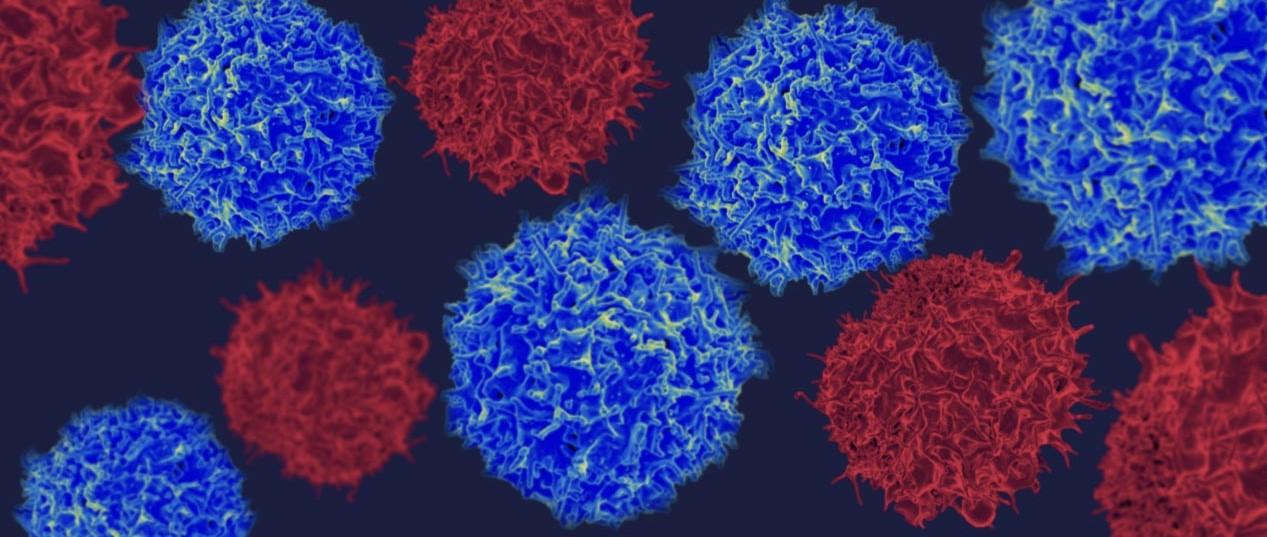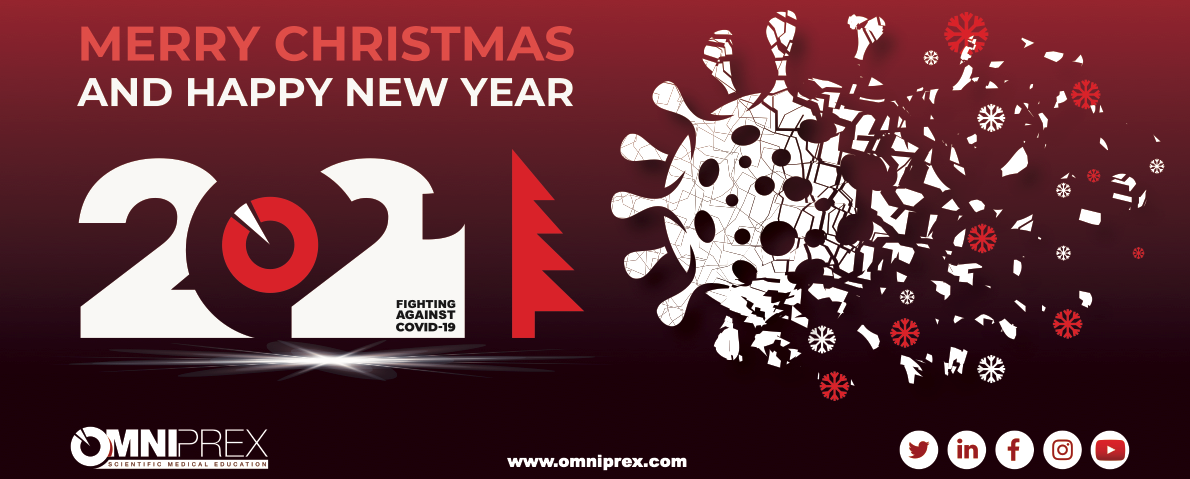Crohn’s disease and ulcerative colitis are forms of inflammatory bowel disease (IBD), which have limited therapeutic options. Thus, a better understanding of the molecular mechanisms underlying IBD is needed to develop new treatment strategies. Lyons et al. combined RNA microarray, total protein mass spectrometry, and phosphoprotein mass spectrometry analyses of tissues isolated from a mouse model of colitis. Integration of these data sets enabled tracking from gene expression to protein phosphorylation in individual animals over time. Computational analysis of the data identified discrepancies between transcriptomic and proteomic measurements and predicted that the kinase Pak1 mediated colonic inflammation. Treatment of mice with a pharmacological inhibitor of Pak1 ameliorated disease, highlighting the importance of proteomic measurement to the understanding of disease pathogenesis.
Inflammatory bowel disease (IBD) is a chronic disorder of the gastrointestinal tract that has limited treatment options. To gain insight into the pathogenesis of chronic colonic inflammation (colitis), we performed a multiomics analysis that integrated RNA microarray, total protein mass spectrometry (MS), and phosphoprotein MS measurements from a mouse model of the disease. Because we collected all three types of data from individual samples, we tracked information flow from RNA to protein to phosphoprotein and identified signaling molecules that were coordinately or discordantly regulated and pathways that had complex regulation in vivo. For example, the genes encoding acute-phase proteins were expressed in the liver, but the proteins were detected by MS in the colon during inflammation. We also ascertained the types of data that best described particular facets of chronic inflammation. Using gene set enrichment analysis and trans-omics coexpression network analysis, we found that each data set provided a distinct viewpoint on the molecular pathogenesis of colitis. Combining human transcriptomic data with the mouse multiomics data implicated increased p21-activated kinase (Pak) signaling as a driver of colitis. Chemical inhibition of Pak1 and Pak2 with FRAX597 suppressed active colitis in mice. These studies provide translational insights into the mechanisms contributing to colitis and identify Pak as a potential therapeutic target in IBD.




